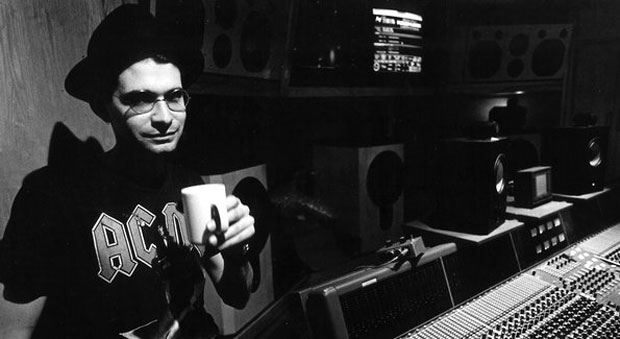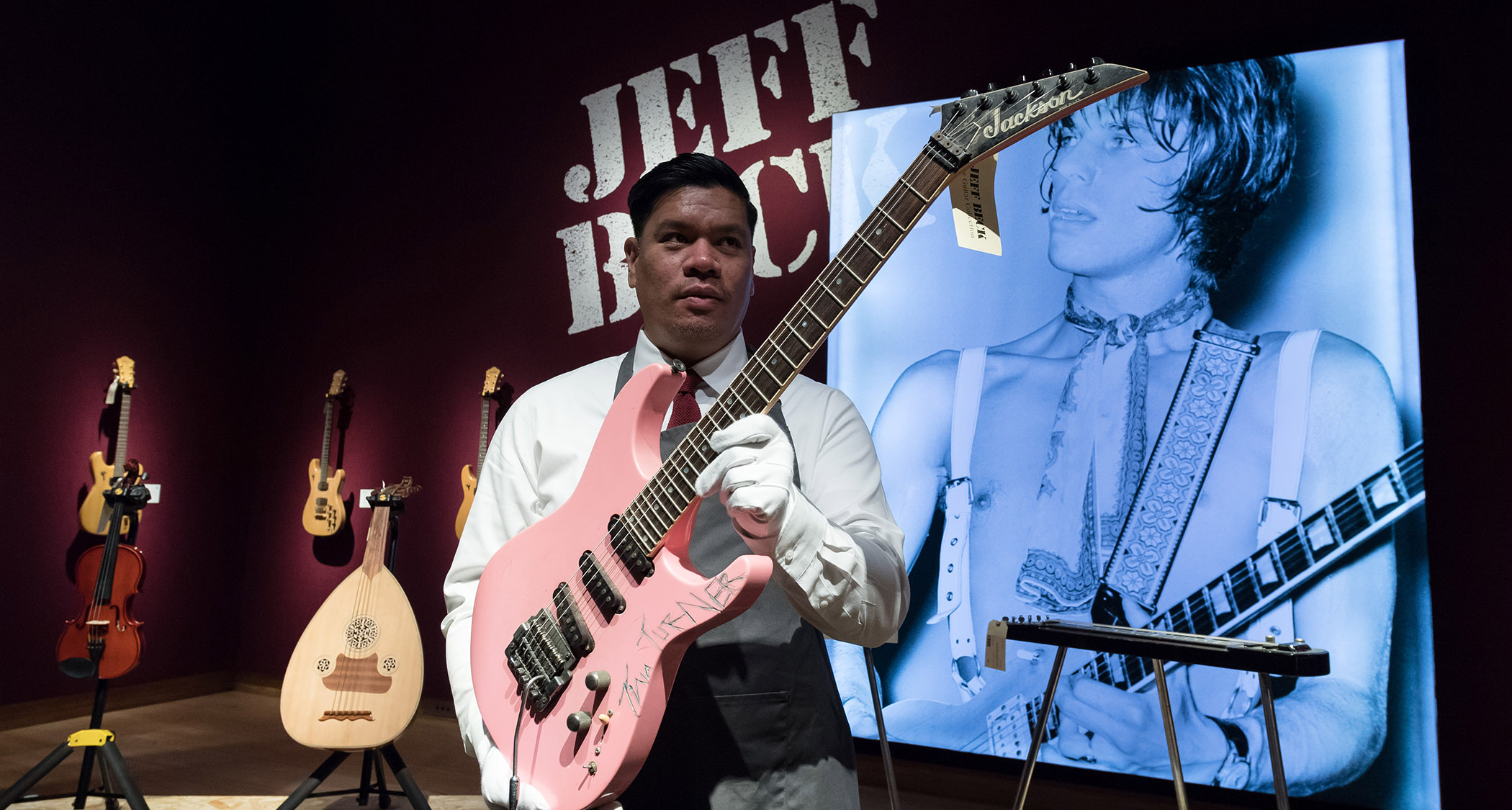Microphone-Placement Advice from Recording Meister Steve Albini

Last time, I spoke about how one’s limitations in the studio could be put to creative use.
This time, I want to speak a little about miking guitars in the studio. An integral part of one’s recording projects are microphones and the positioning of microphones on guitar amps and cabinets in order to capture a desired tone and sound.
Speaking to many engineers over the years, I’ve come to the conclusion that at the end of the day, there is no single miking method and technique that is favored over any other. It really comes down to an individual’s taste -- and experimentation.
Recording meister Steve Albini further brought home this point to me recently when I put the question to him.
“Some people do have magic methods where they may take a particular microphone, place it a certain amount of degrees off-angled at a particular point, and position it a certain distance away from a part of the speaker cone,” Albini says. “But I haven’t found anything that works reliably 100 percent of the time.
"But what I have found that does work every time is being critical with your listening and trying to make intelligent choices. A lot of people sort of have a reflex where they, through force of habit, reach for one particular microphone to use on electric guitars, for example. I think that is a mistake as there are just as many different sounds coming out of an electric guitar amp as there are different sounds in a forest.”
And when it comes to choosing the right microphone for the job, it is another purely subjective matter based solely on the sonic wants of the individual. Again Albini offers a few closing points to help steer all us DIY musicians on to the right path:
All the latest guitar news, interviews, lessons, reviews, deals and more, direct to your inbox!
“For wide-spectrum stuff that has got a fairly flat dynamic, that is a heavily distorted guitar that has got a lot of high frequency within a low frequency content but doesn’t have a lot of dynamic range, and where the signal is going to be coming out pretty much the same volume all the time, then something like a condenser microphone, which can capture subtleties and dynamics really accurately, is not necessarily going to be appropriate. It may be appropriate if there’s an extremely interesting high-frequency content and you really want a flat representation, then sometimes a condenser microphone will work great for that, but really a ribbon microphone would be more appropriate for this situation.
"If you have a very dry sound that doesn’t have a lot of distortion to it, but where the dynamic range is really wide and you need to capture a full-frequency spectrum, then using a dynamic mic would be a mistake because their dynamic range representation is not necessarily as nimble as a small condenser or ribbon microphone is.”
Joe Matera is an Australia-based rock guitarist who has played in countless original and cover bands over the past 20 years. As a solo instrumental artist, his current release is an original guitar instrumental track called "Face Off'," now available on iTunes. He also makes a guest appearance playing a blazing guitar solo on UK thrash metal veterans Atomkraft's cover of the Thin Lizzy classic "Cold Sweat," which is out this summer. He also is a Guitar World magazine contributor. For more info, visit joematera.com.
Joe Matera is an Australian guitarist and music journalist who has spent the past two decades interviewing a who's who of the rock and metal world and written for Guitar World, Total Guitar, Rolling Stone, Goldmine, Sound On Sound, Classic Rock, Metal Hammer and many others. He is also a recording and performing musician and solo artist who has toured Europe on a regular basis and released several well-received albums including instrumental guitar rock outings through various European labels. Roxy Music's Phil Manzanera has called him, "... a great guitarist who knows what an electric guitar should sound like and plays a fluid pleasing style of rock." He's the author of Backstage Pass: The Grit and the Glamour.

